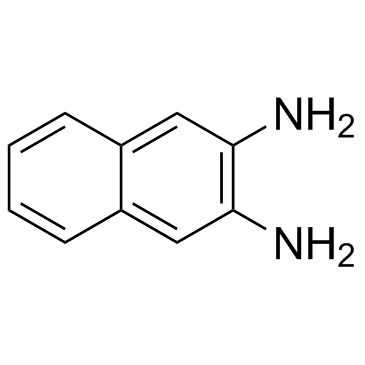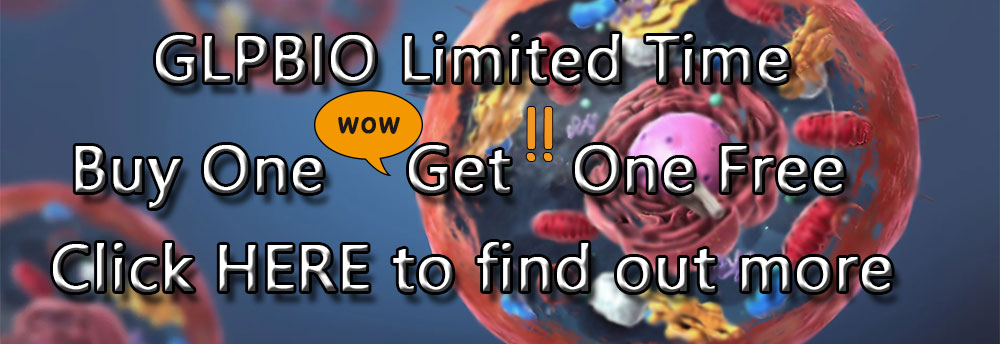2,3-Diaminonaphthalene |
| Catalog No.GC30320 |
2,3 Diaminonaphthalene is a highly selective colorimetric and fluorometric reagent for selenium detection and also used for the fluorometric determination of nitrite.
Products are for research use only. Not for human use. We do not sell to patients.

Cas No.: 771-97-1
Sample solution is provided at 25 µL, 10mM.
2,3 Diaminonaphthalene is a highly selective colorimetric and fluorometric reagent for selenium detection and also used for the fluorometric determination of nitrite.
Poly(2,3-diaminonaphthalene) microspheres as a novel quencher for fluorescence-enhanced nucleic acid detection[1]. 2,3-Diaminonaphthalene (DAN) is possibly a carcinogenic reagent[2].
[1]. Tian J, et al. Poly(2,3-diaminonaphthalene) microspheres as a novel quencher for fluorescence-enhanced nucleic acid detection. Analyst. 2011 Jun 7;136(11):2221-4. [2]. Martínez-Tomé MJ, et al. Immobilization and characterization of 2,3-diaminonaphthalene/cyclodextrin complexes in a sol-gel matrix: a new fluorimetric sensor for nitrite. J Fluoresc. 2009 Jan;19(1):119-25. [3]. Grisham MB, et al. Effects of aminosalicylates and immunosuppressive agents on nitric oxide-dependent N-nitrosation reactions. Biochem Pharmacol. 1994 May 18;47(10):1897-902.
Average Rating: 5 (Based on Reviews and 9 reference(s) in Google Scholar.)
GLPBIO products are for RESEARCH USE ONLY. Please make sure your review or question is research based.
Required fields are marked with *




















